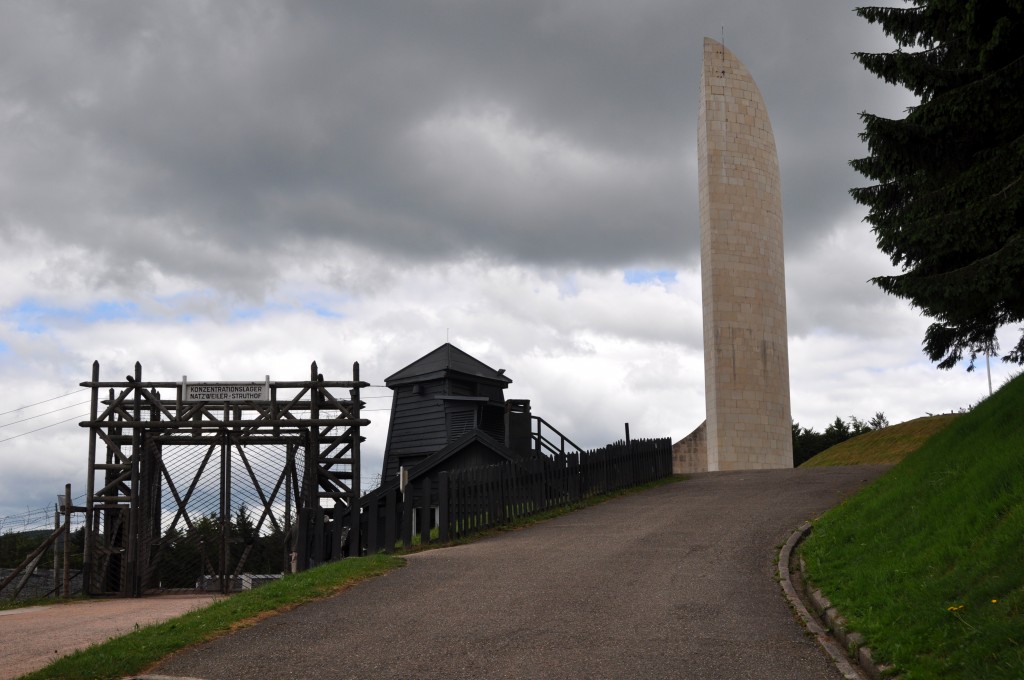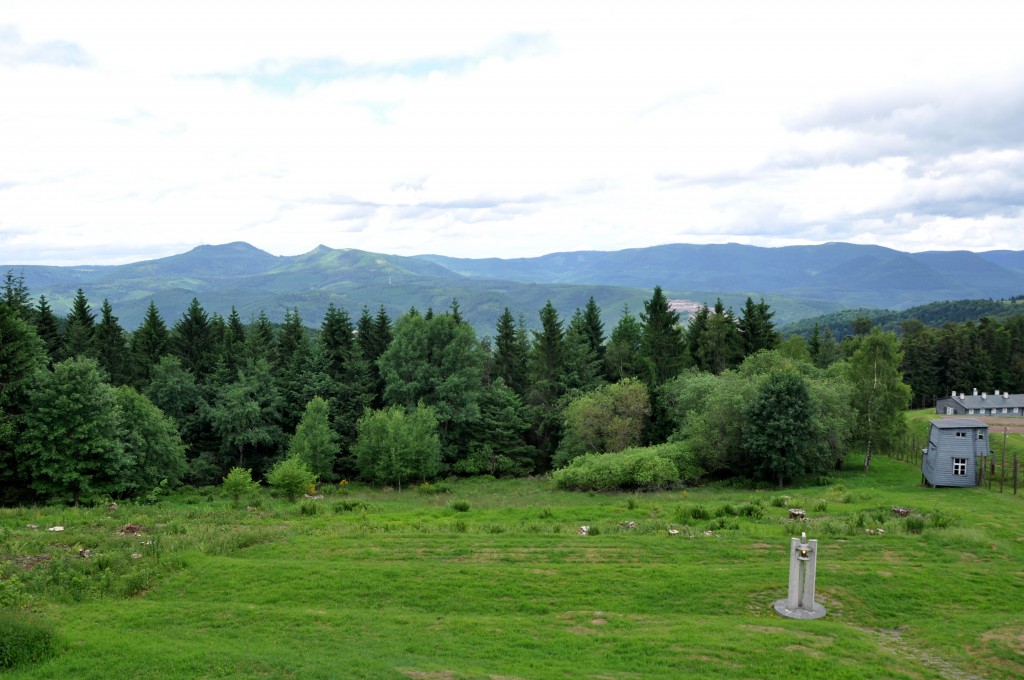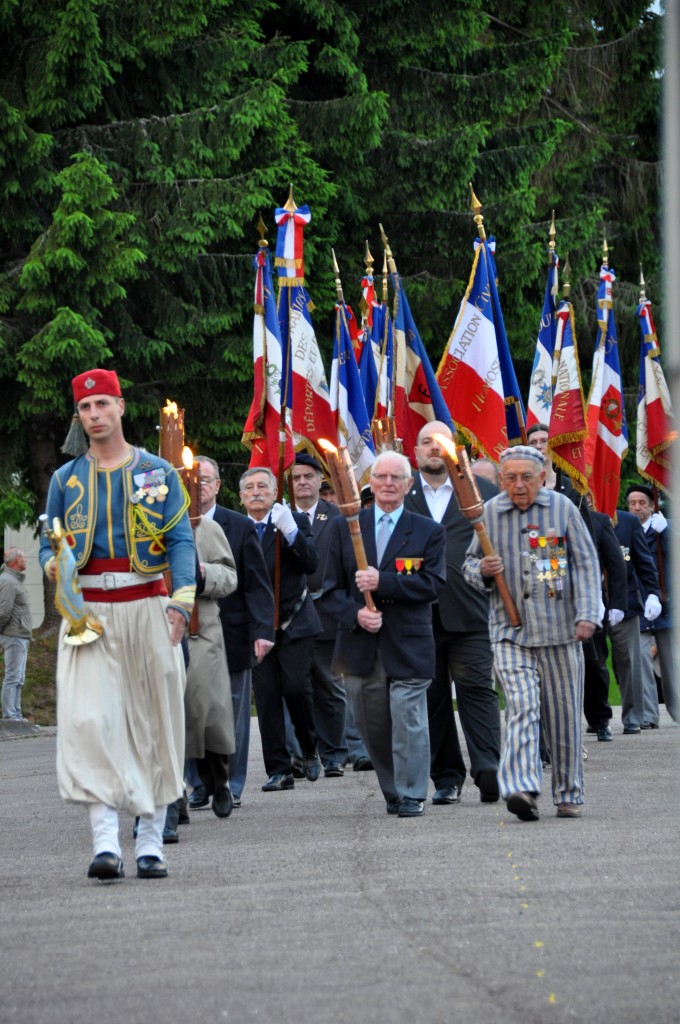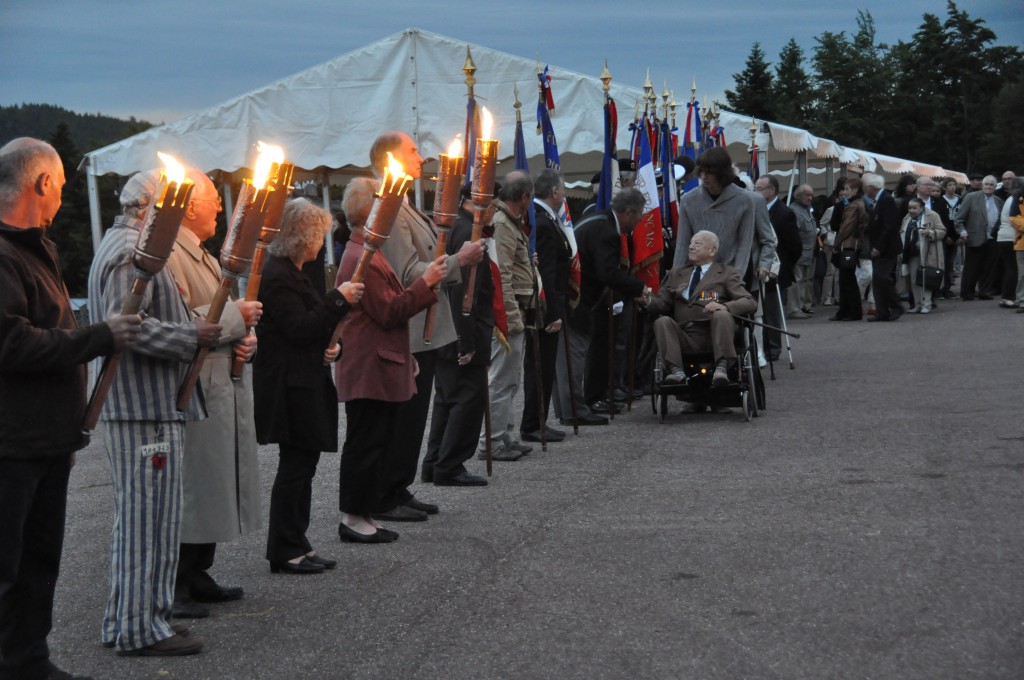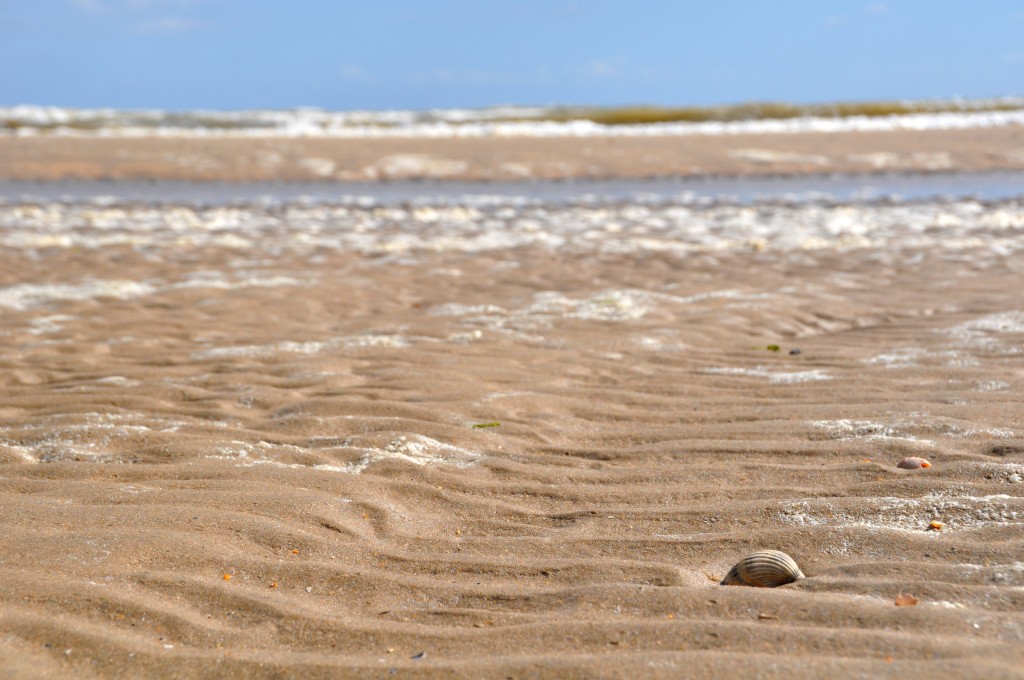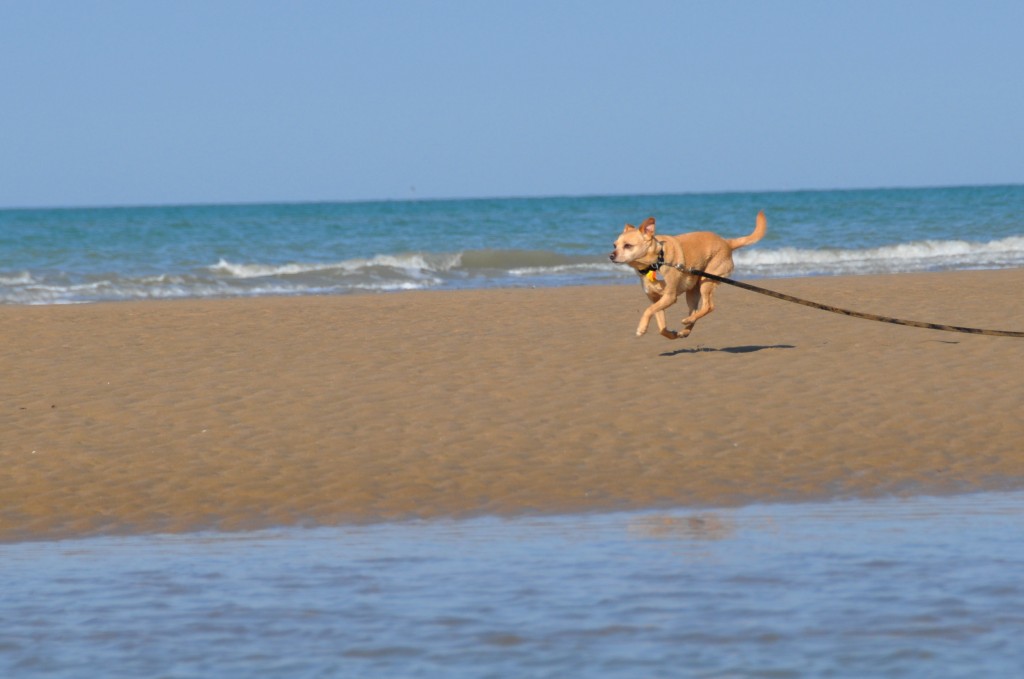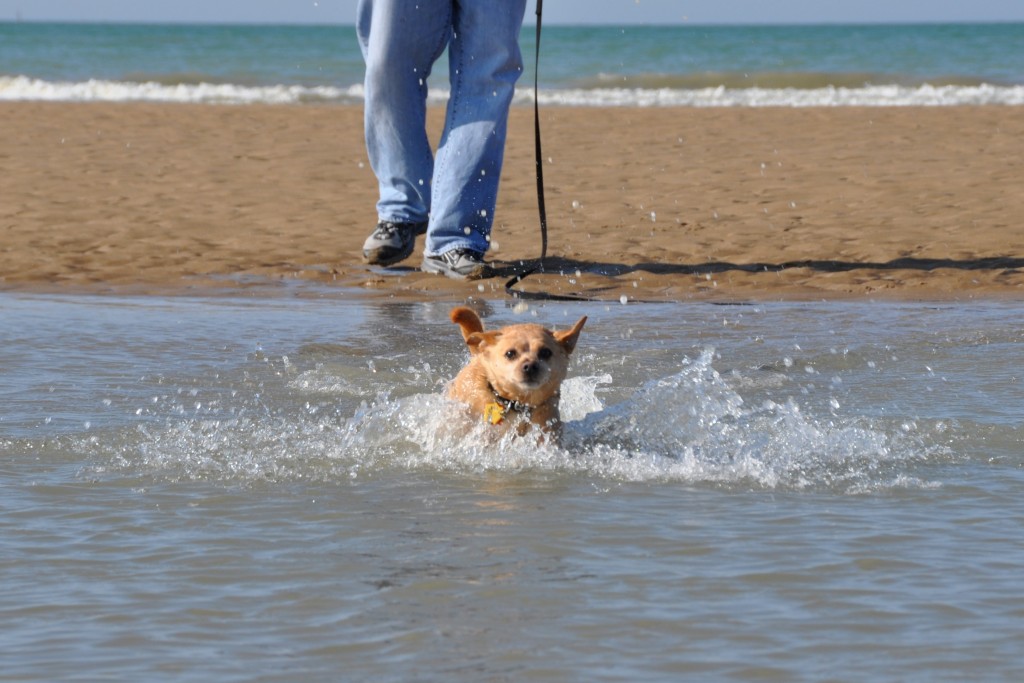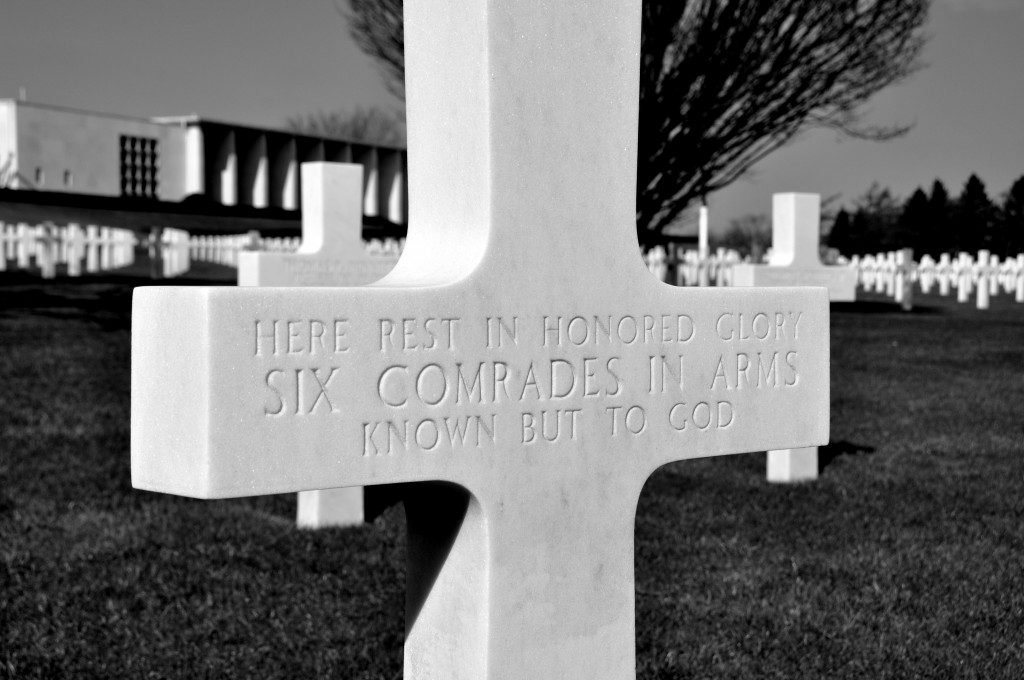
Joe and I have been lucky enough to visit several American Military Cemeteries within Europe. I don’t always blog about them, as reducing these experiences to words on paper has been a challenge that I, thus far, have not been willing to undertake. Today, however, that will change. Today is Memorial Day, and at the culmination of a week in Normandy, France, it has been the most touching Memorial Day of my short life.
Living in Europe, celebrating American holidays has taken a new meaning. Some of them pass without even a fleeting thought on our behalf. I am thankful to have a peaceful break from some of my less-favorite celebrations. Others require more effort than normal to create the appropriate anticipation or occasion, especially when our ‘normal German lives’ must continue without pause.
Sadly, I feel like Memorial Day in the United States is often marked more as the ‘unofficial start of summer’ than a day to memorialize and thank those who have shaped our country. The past two years have taught me more about our American history, especially during WWII, than all my days spent in school. I am thankful for the experience and have continually been surprised by the American commitment to their soldiers buried abroad. I know that not everyone can enjoy the same experiences as me, but I hope that sharing my stories will inspire someone to take a few extra minutes to be grateful for the freedoms that have come at a great cost.
I am going to be candid: this post is really long. You may choose not to make it to the end, and that is fine. I’ll deliver the ‘take-home message’ right here: please make the conscious choice to thank a service member more than once a year, on the last Monday in May. It doesn’t matter who and it doesn’t matter how. Active-duty, veteran, retired, fallen. Every single one of them makes or has made sacrifices, hundreds of thousands of them the ultimate sacrifice. They make sacrifices for you and for your rights. Too many of them gave their lives so you can say you live in the most successful democracy on the planet.
Luxembourg American Cemetery and Memorial, Luxembourg– We spent Easter of 2012 honoring “the Greatest Generation”. click here
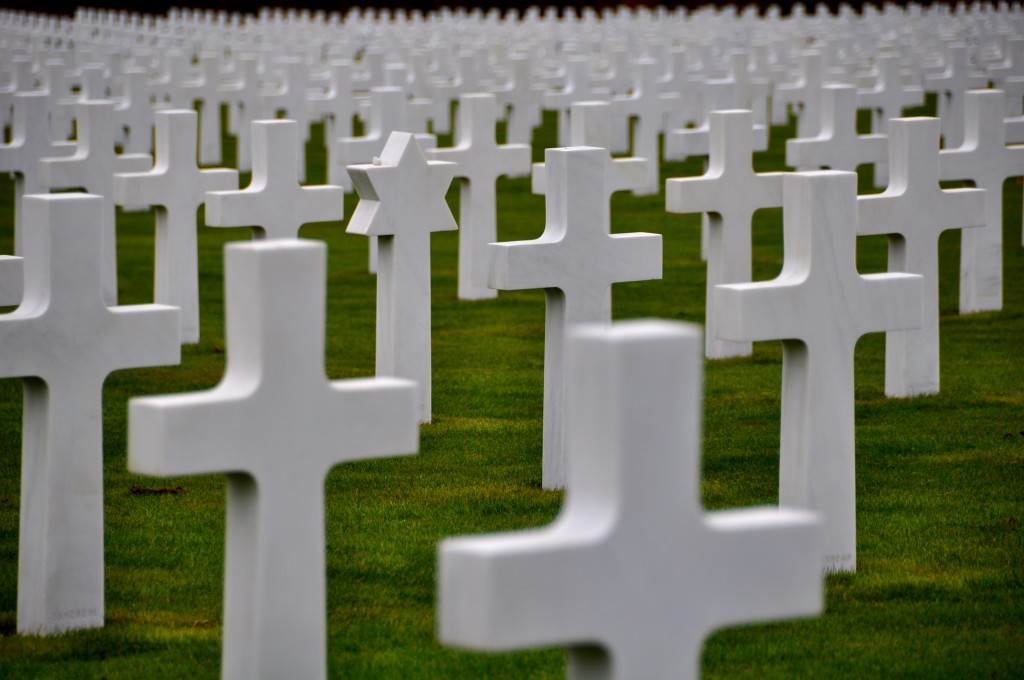
Ardennes American Cemetery and Memorial, Belgium – In September of 2012 we pulled into the Ardennes parking lot 15 minutes before closing, expecting to slide in really quickly and look around.

I was lagging behind, tending to Liv, who had to be left with my mother-in-law in the parking lot. When I finally caught up with Joe and my father-in-law, they were on their way out into the cemetery, on a golf cart, with the Assistant Superintendent, Mr. Jeffrey Hays.
When I approached, Mr. Hays asked, “Are you Active Duty as well?” I shook his hand, introduced myself, and replied, “I’m only a spouse, Sir.” He then said, “Ma’am, you are the most important part of our military.” I knew right then that this man was committed to his country. Only someone who has served, and experienced the struggles of maintaining a happy family while doing so, would place such value on a military spouse.
We spent the next hour and a half enjoying a personal tour from Mr. Hays. He was so knowledgeable, sharing detailed stories about fallen soldiers, factoids regarding the history and care of the cemetery, and his own personal journey to the position of Assistant Superintendent, one that he clearly coveted.

Eventually I tapped out and relieved my mother-in-law of dog duties, so that she could take advantage of Mr. Hay’s hospitality. When everyone returned to the car, I was surprised to find out that my father-in-law had never mentioned his rank or duties within the Air Force. I figured that would be the only reason Mr. Hays would stay at work, giving a personal tour to a retired General, hours after closing time, instead of going home to a warm dinner on the table. I felt as much admiration for him as I did for the 5,323 soldiers memorialized within Ardennes because the only thing that mattered to Mr. Hays was that we were American service members… not branch, rank, or duty station.
Epinal American Cemetery and Memorial, France– In February of 2013, we had yet another amazing experience at Epinal Military Cemetery in France. We continue to be humbled by the commitment of those who have served before us and those who serve next to us.
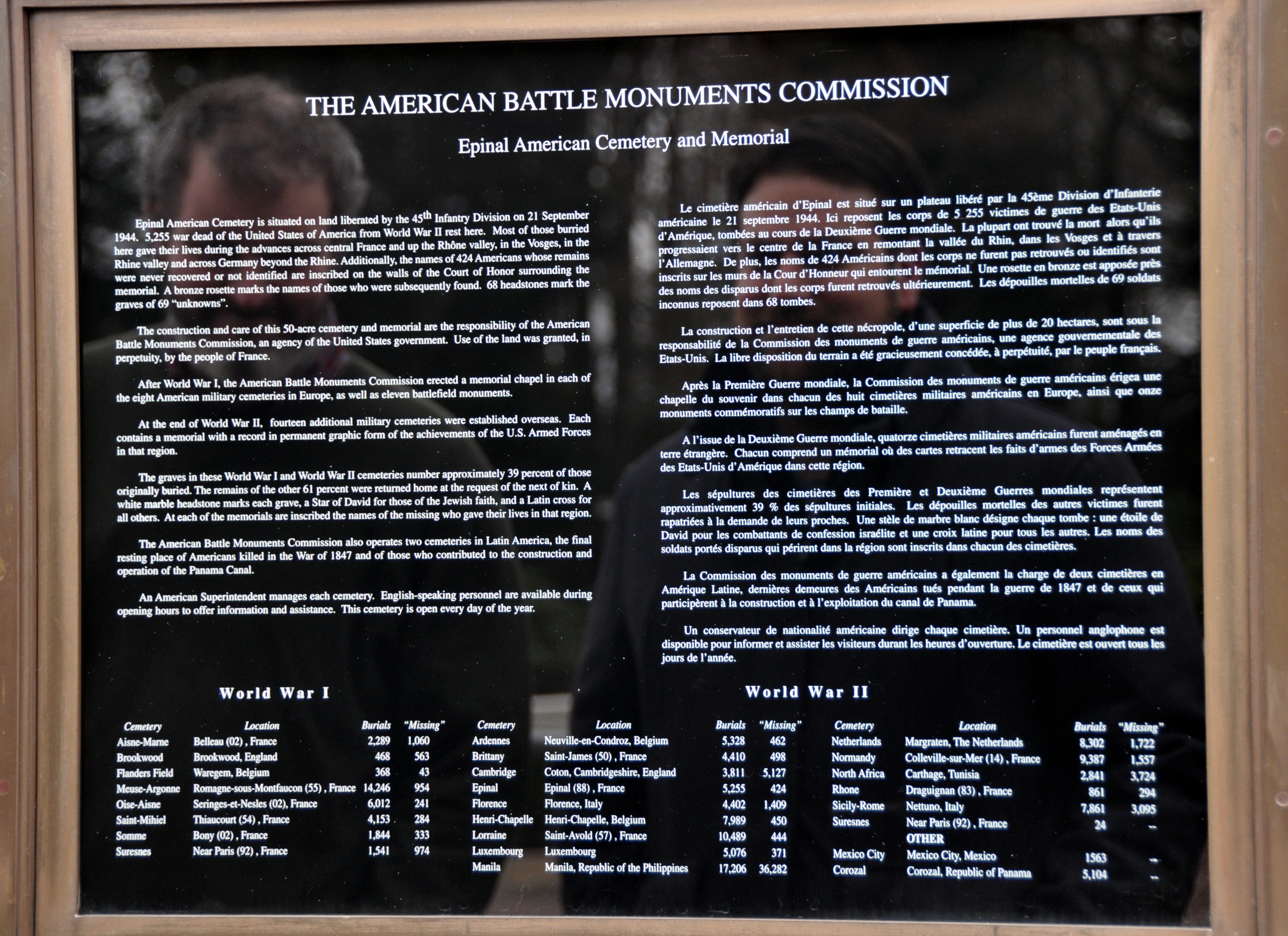
I love this picture of these two.
We visited Epinal with a fellow Olmsted Scholar, Pat, who lives in Munich and serves in the Navy. Within a few minutes, we were approached by “Andy” Anderson, the Superintendent, who we spent the next 4 hours with. With the entire cemetery to ourselves, Andy recounted tales of heroism of dozens of soldiers, choking up as he discussed their acts of bravery, family histories, and how they came to rest in Epinal. He had a passion for his job, which seemed to be more of a personal calling for him than a 9 to 5. He spent his spare time researching the service members interred within Epinal, filling in the gaps of their personal records and battle stories.
As 4:30pm approached, Andy asked Joe and Pat if they would like to help him close up the cemetery. This entailed a playing of Taps, followed by the Star Spangled Banner, and then lowering and folding the flag. Andy usually did this alone, but was happy to have help on this cold February day.
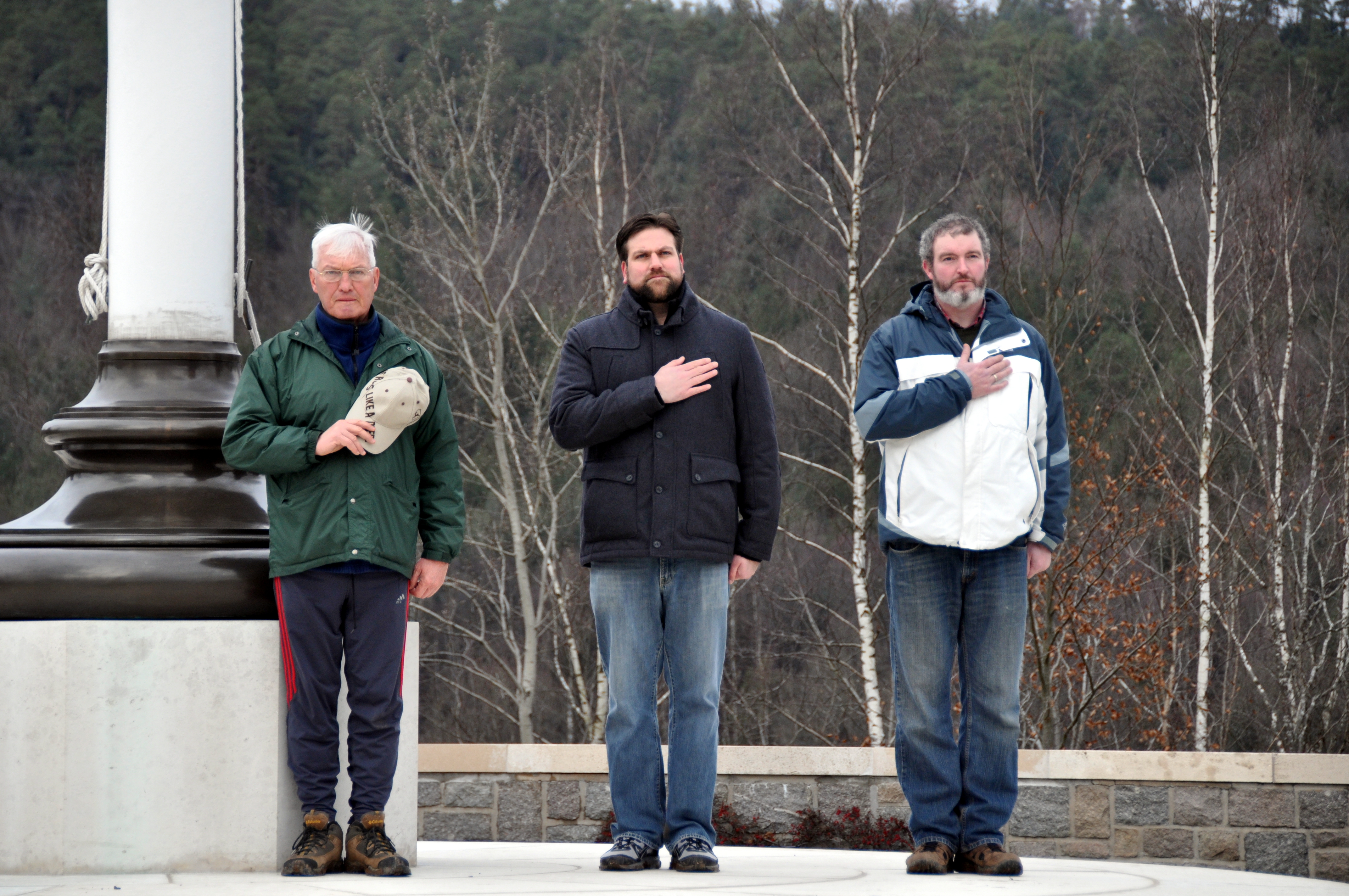
Taps at attention
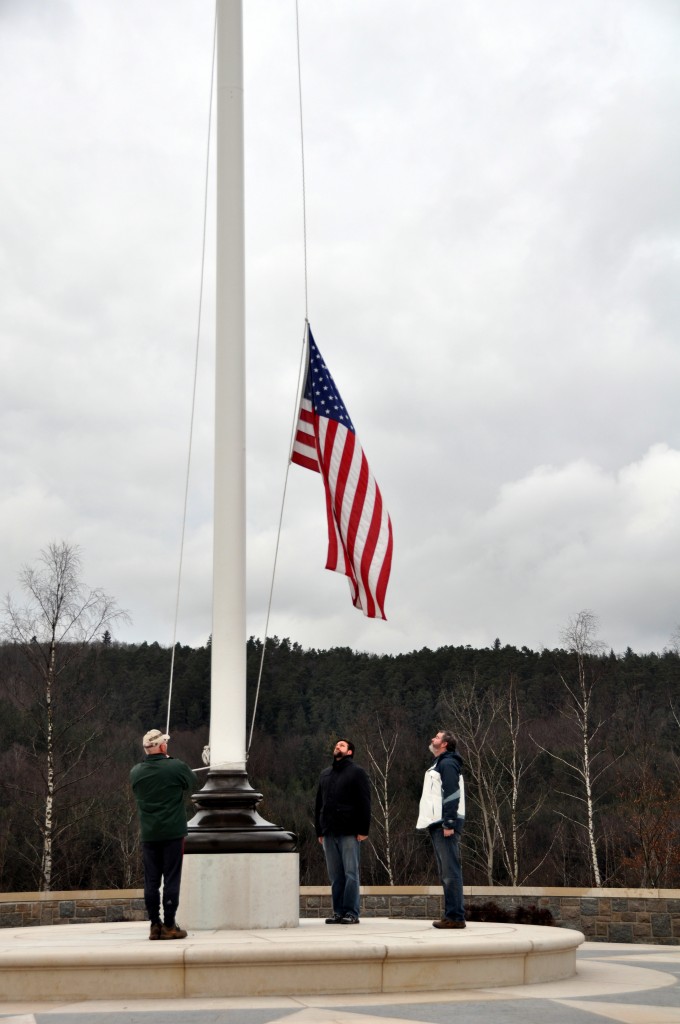
Lowering the flag

Folding the flag

Proud to serve
Even after the end-of-day duties were finished and the cemetery was officially closed, Andy continued to walk us through the headstones, talking about the service members as if he knew them personally. Yet another committed American, willing to give his free time to those who share his calling.
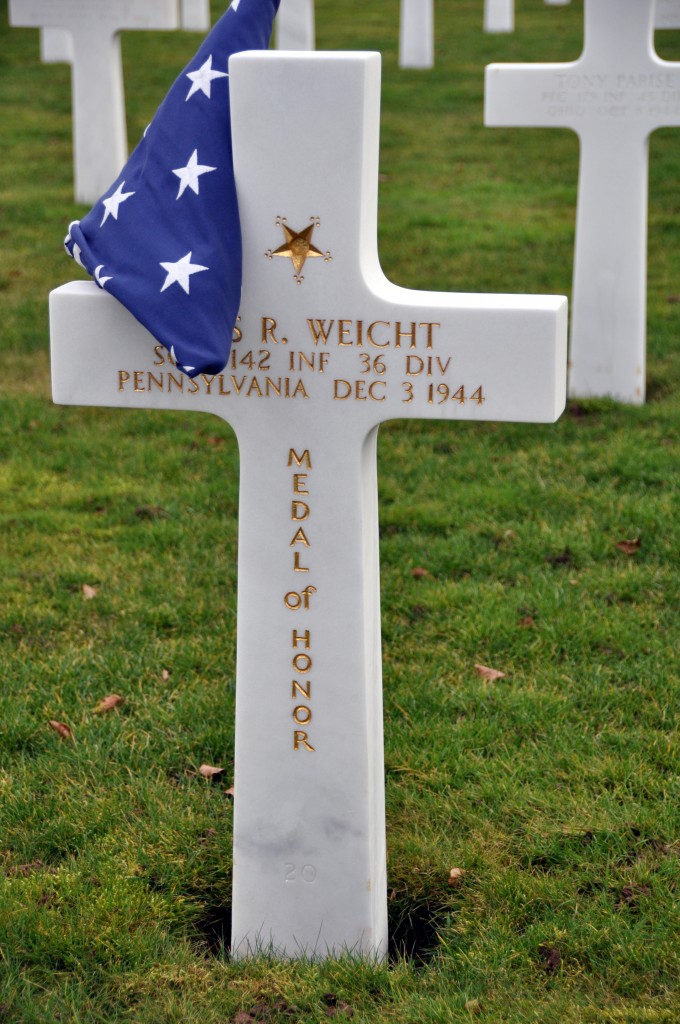
Henri-Chapelle American Cemetery and Memorial, Belgium– In April of 2013, we visited Henri-Chapelle as a side trip from Aachen, Germany, the most western city in Germany (click here). What I really appreciated about Henri-Chapelle was the plethora of information in the Visitor’s Center. There was a very detailed self-guided tour that we used to locate dozens of headstones and read about the Medal of Honor recipients, as well as many other heroic individuals. There were also quizzes and guides for kids, in many languages, which I thought was a great way to engage children, especially non-American children, in the stories of our fallen.
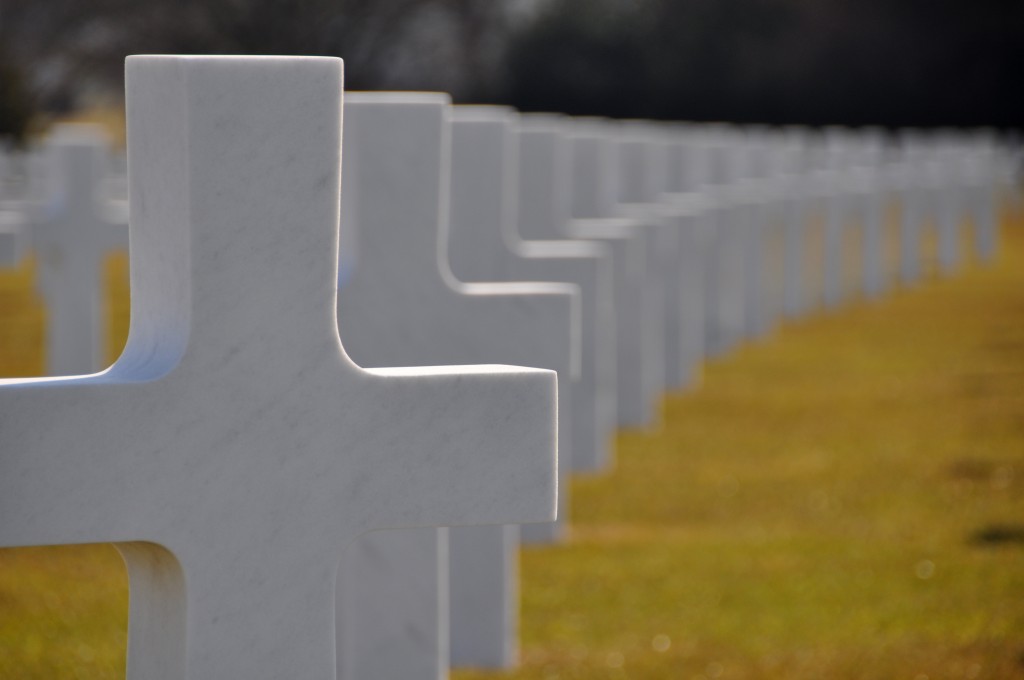
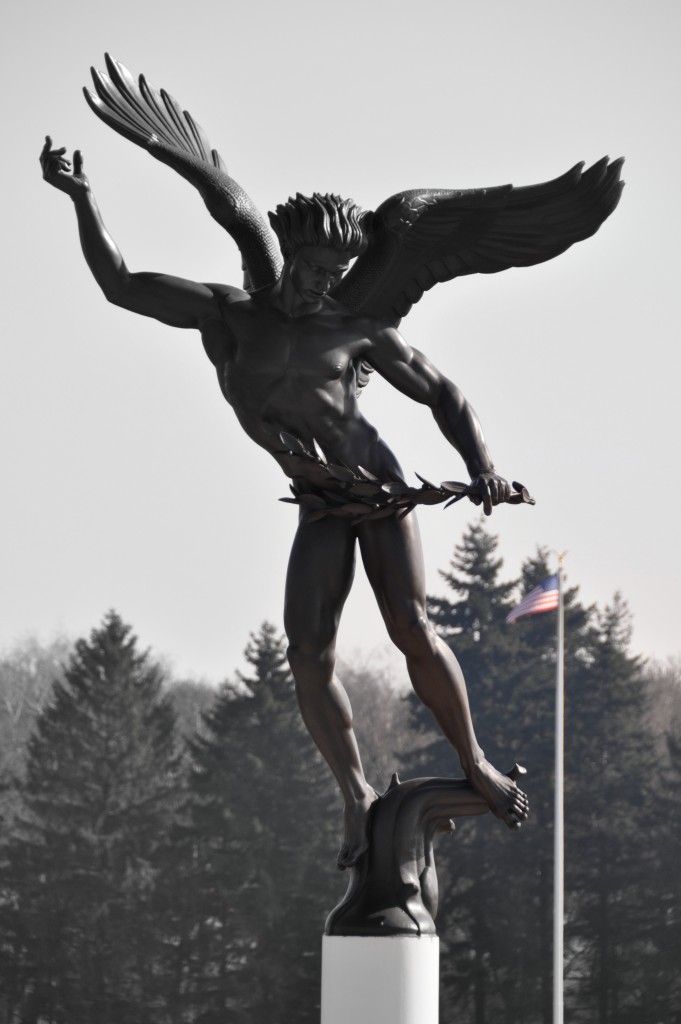
The Angel of Peace and Stars & Stripes
Netherlands American Cemetery and Memorial, Netherlands –We also visited the only American Military Cemetery in the Netherlands in April of 2012. At the entrance of the cemetery was a reflecting pool and statue called the “Mourning Woman”. Behind her was a quote by Pericles that I was really moved by. I thought it reinforced the importance of paying tribute our fallen, especially outside of cemeteries and official holidays.

‘Each for his own memorial earned praise that will never die and with it the grandest of all sepulchres not that in which his mortal bones are laid but a home in the minds of men.’
Normandy American Cemetery and Memorial, France – This is where we spent Memorial Day this year. Many American Military Cemeteries have a special service sometime during Memorial Day weekend. Normandy is a breathtaking cemetery, with a beautiful view of the beaches where most of the 9,387 soldiers buried here lost their lives. Joe and I were lucky enough to join two other military and Olmsted families at Normandy Cemetery for the ceremony.

What has been so wonderful to learn through visits to all of these cemeteries is the interest of local residents of each country and their commitment to honoring American soldiers. Many residents “adopt” a soldier, learning their story, visiting their headstone, and almost thinking of them as a member of their own family. During our morning at the cemetery, many French people asked to take pictures with Joe, Pat, and Maureen. A lot of them didn’t speak English, but as a Scholar in France, Maureen was able to bridge the language gap. I’m sure she provided them with a memorable experience: talking with and learning the story, in French, of a uniformed active duty American service member.
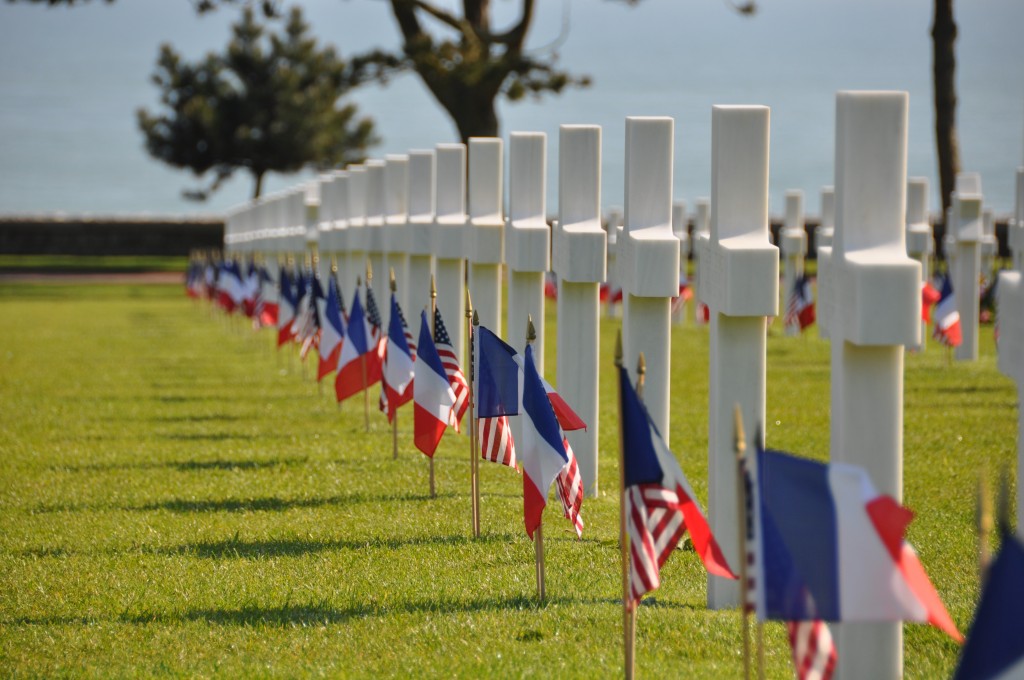
The visitor center at the cemetery was more like a museum and very moving. Overlooking the ocean was an infinity pool and map of the beaches. I thought it was such a beautiful way to memorialize the events of D-Day and allow the visitor to feel as if they were simultaneously in the cemetery and on the beach. To me, it was breathtaking.

How does one sum-up these experiences? Express the emotions associated with this period of history? Put words on paper that adequately represent simultaneous pride, sorrow, honor, and awe?
It’s difficult, but the words are not nearly as important as the actions. The thoughts are not nearly as important as the gestures. Next time you find yourself thinking about how lucky you are to enjoy certain unalienable rights, bestow a small act of kindness upon someone who made that possible for you.

